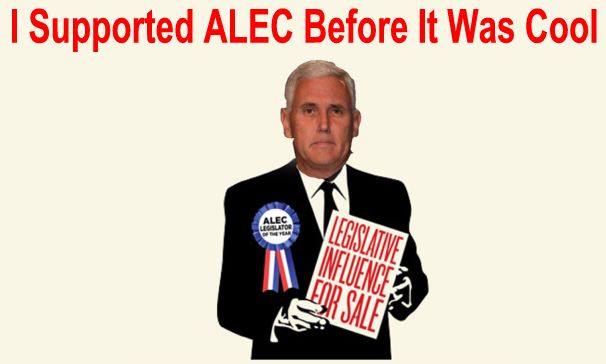The Soft Bigotry of Low Expectations?

Education Next conducted a survey of 700 teachers and 3,500 “other Americans,” with the results to be published next week. Using the results of this survey, Mr. Peterson seems intent on driving a wedge between “platform-committee Democrats” and “rank-and-file adherents,” citing that 80% of the R & F supported “all students be tested in math and reading each year.” Apparently Republicans had similar results in this survey. As an educational leader, I like surveys to help inform my decision-making to foster a better learning environment for my students. However, I do not like surveys that seem to have a political agenda. Just think if you were one of the survey participants (one of the 3,500 Americans). When asked if students should be tested in math and reading each year, would you answer no? Of course not. What if the survey question read as follows: “Do you think that ALL students (without regard for disability) should take high stakes tests in math and reading each year and any student who does not meet academic benchmarks will be retained for that academic year?” For some Florida third graders, this was a reality. Several students were going to be retained (not promoted to 4th grade) because their parents chose to “opt them out” of the state tests. Thanks to some parents who sued the school district, the school district administration changed their minds and are now allowing the third graders to move on to fourth grade.
The hit job from Mr. Peterson continues by stating that “57% of Democrats nationwide said they supported ‘basing part of the salaries of teachers on how much their students learn.’” One would think that the percentage seems a The Soft Bigotry of Low Expectations? — Medium:





















